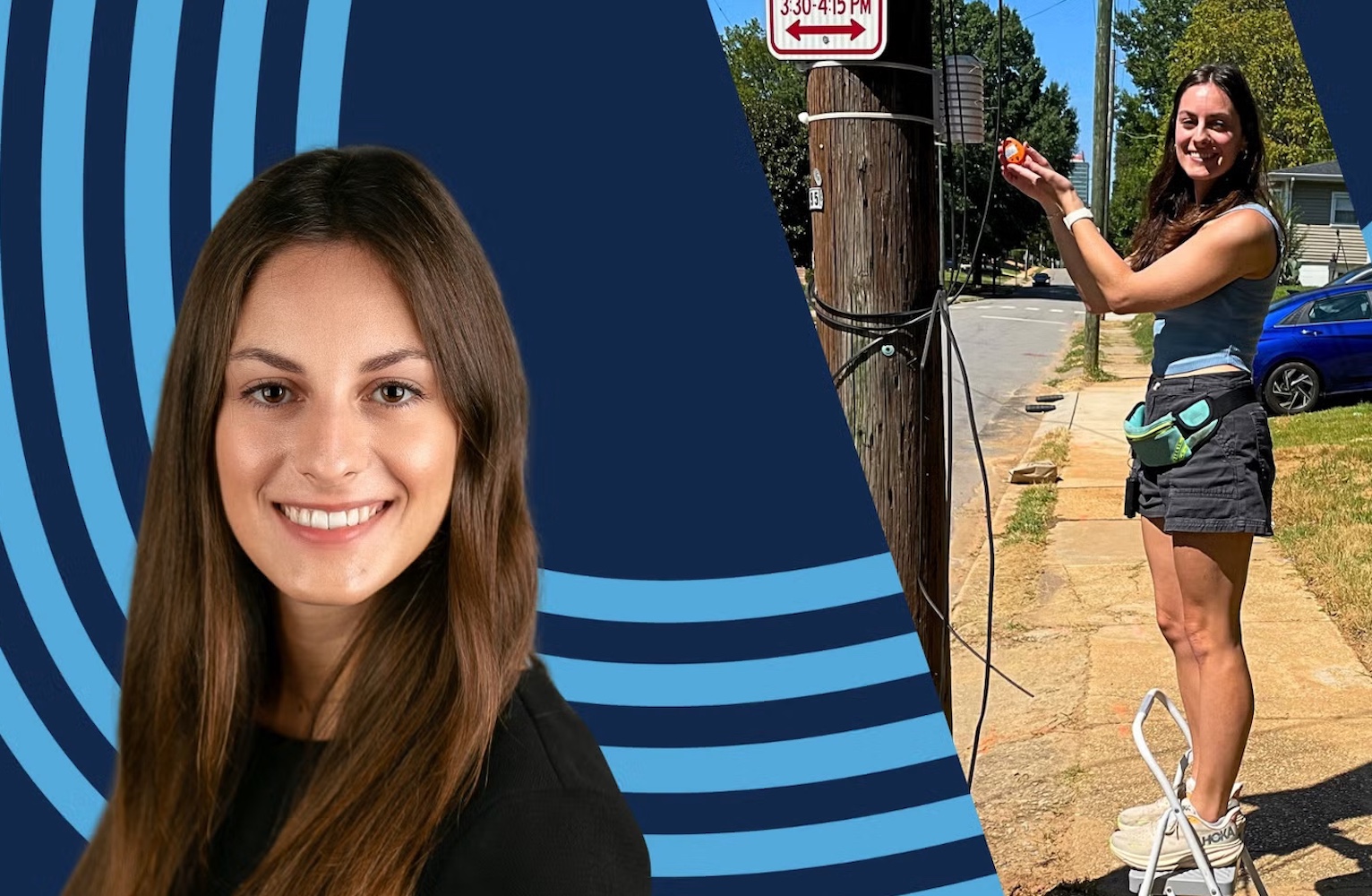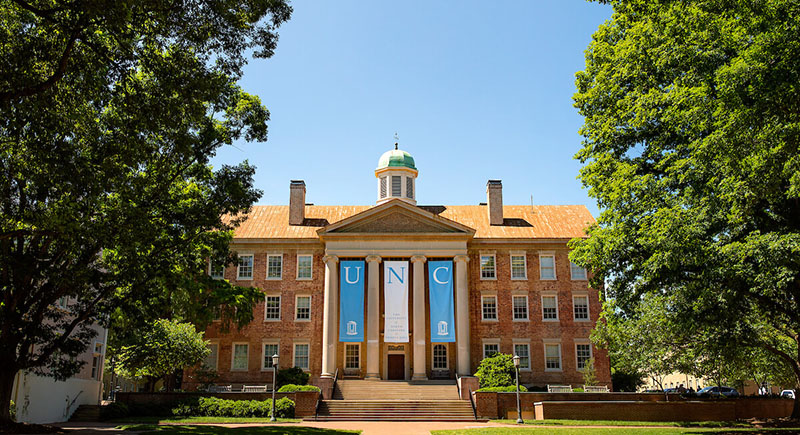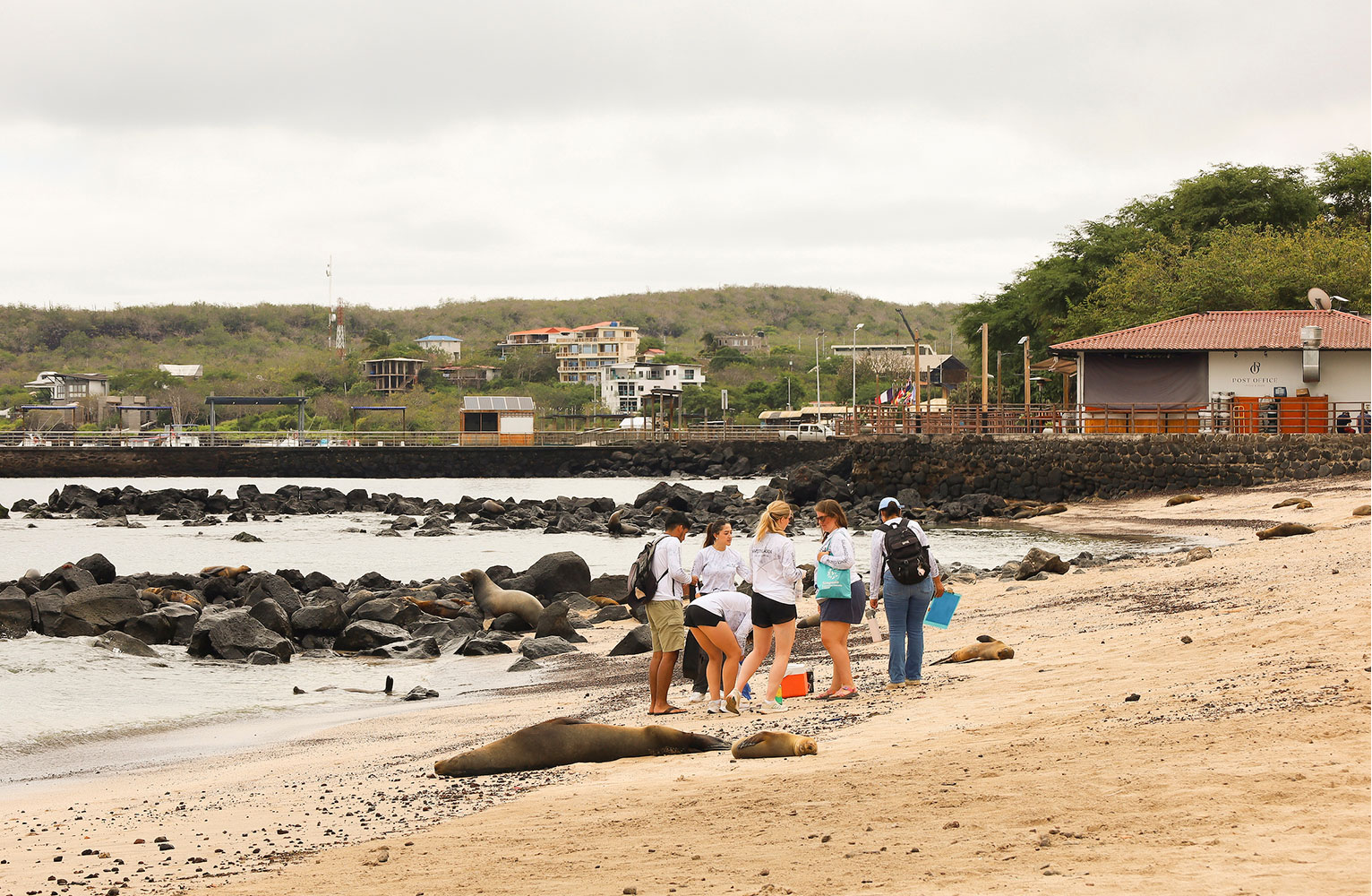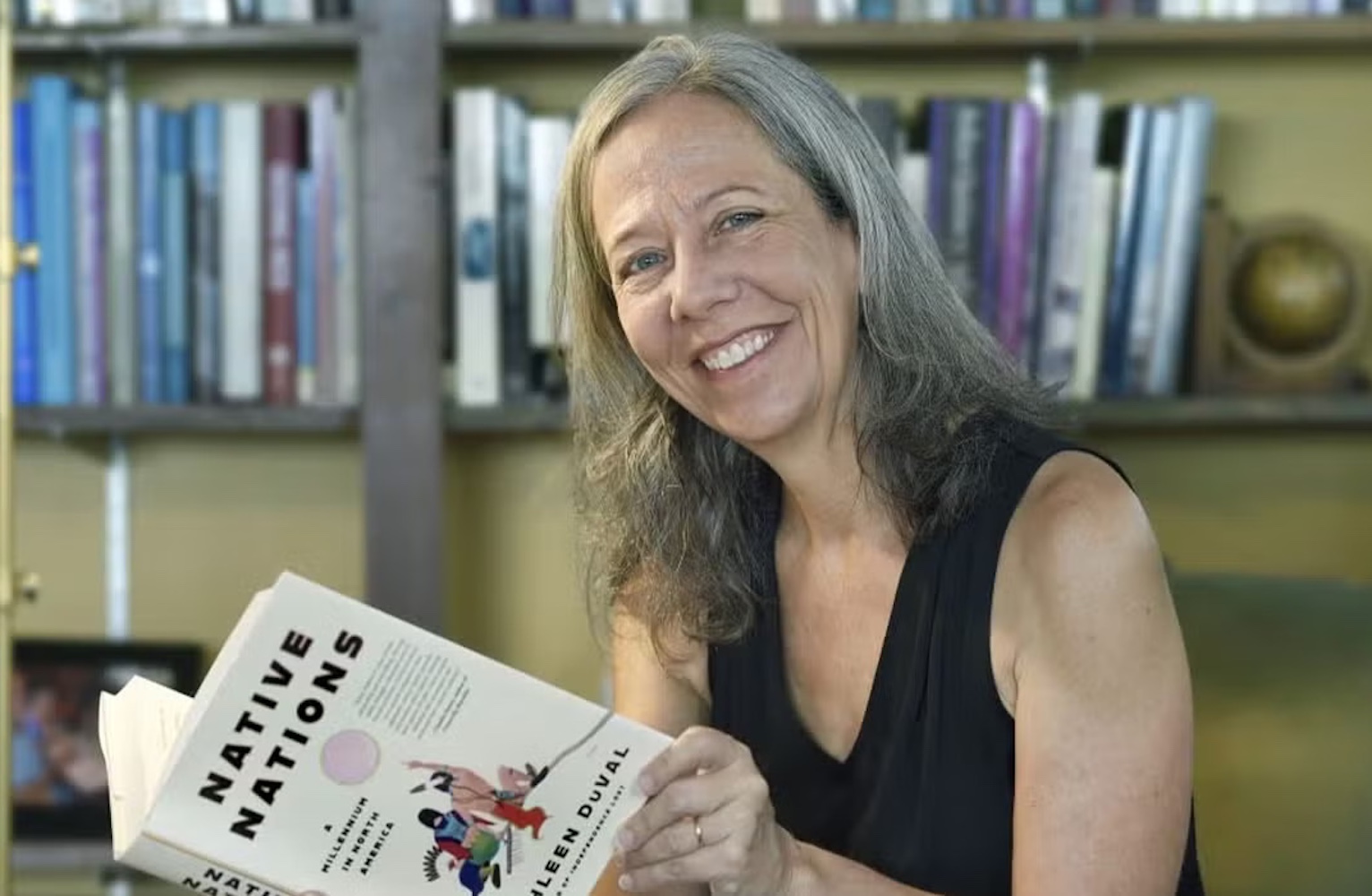
Fifth-year doctoral student Katherine Burley Farr works outside in the sweltering North Carolina summer.
By midday in a Carolina summer, a blacktop road can feel like a griddle. Katherine Burley Farr wants to turn that heat into hard evidence and give North Carolina communities a playbook for keeping people safer as temperatures rise.
A fifth-year doctoral candidate in public policy at UNC–Chapel Hill, Burley Farr is mapping how and where heat harms health, testing what warnings and street-level fixes work and building tools that local officials can use to target relief where it matters most.
To conduct this work, Burley Farr needed to travel around Raleigh collecting data during the hottest time of year — the summer. She would not have been able to dedicate her summer to this intensive fieldwork had she not earned the Dr. Bruce W. Carney and Dr. Ruth Anne Humphry Summer Research Fellowship from The Graduate School. Weekly sensor checks, data downloads and quality control consumed hours that summer teaching responsibilities would have swallowed. “This was a very time-consuming effort,” Burley Farr said. “Without the Summer Research Fellowship, I wouldn’t have had the time to plan, install and collect the data needed to finish my degree on schedule.”
Her dissertation follows the problem of urban heat from three angles. First, she’s pairing EMS and weather data to see whether public heat alerts change what happens on the ground: Do fewer people need emergency care on days when alerts go out? Do alerts encourage people to avoid high risk areas?
Second, she’s estimating heat’s burden on older adults across the Triangle, using Medicare billing data and epidemiological methods to quantify risk at the census block group level. “Heat is a challenging problem, especially in the South, because it’s always been hot and people think they’re used to it,” she said. “But heat indexes have increased over time. That means our policies and our infrastructure have to catch up.”
Third, she’s measuring the heat block by block, where people actually feel it. In partnership with the City of Raleigh, Burley Farr led a field study evaluating the city’s “cool pavement” treatment — a rejuvenating asphalt coating designed to reflect more sunlight and hold less heat. Over the summer, she installed 60 temperature sensors across treated and untreated corridors of Raleigh and returned weekly to capture both air temperatures and humidity at head height, where pedestrians actually feel the heat. The resulting data set will help the city compare where the coating reduces temperatures, where it doesn’t and how those patterns intersect with sidewalks, bus stops, tree coverage and maintenance needs.
Growing up and attending college in Baton Rouge, the Louisiana state capital, Burley Farr developed a passion for public policy, seeing it as “a tool to improve the places we live” and hoping to find a way to serve people across the Southeast. This year, she represented Carolina at the North Carolina General Assembly, meeting with legislators to advocate for the value of graduate student research.
For North Carolina’s cities, Burley Farr’s research can have a major impact: smarter heat alerts, targeted outreach to older adults and street-level decisions that make people safer in the places they walk, work and live. By pairing her rigorous analysis skills and her passion for public service, Burley Farr is helping communities navigate rising temperatures with practical, potentially lifesaving action.
Story originally published by Ethan Quinn, The Graduate School.
Related Stories




